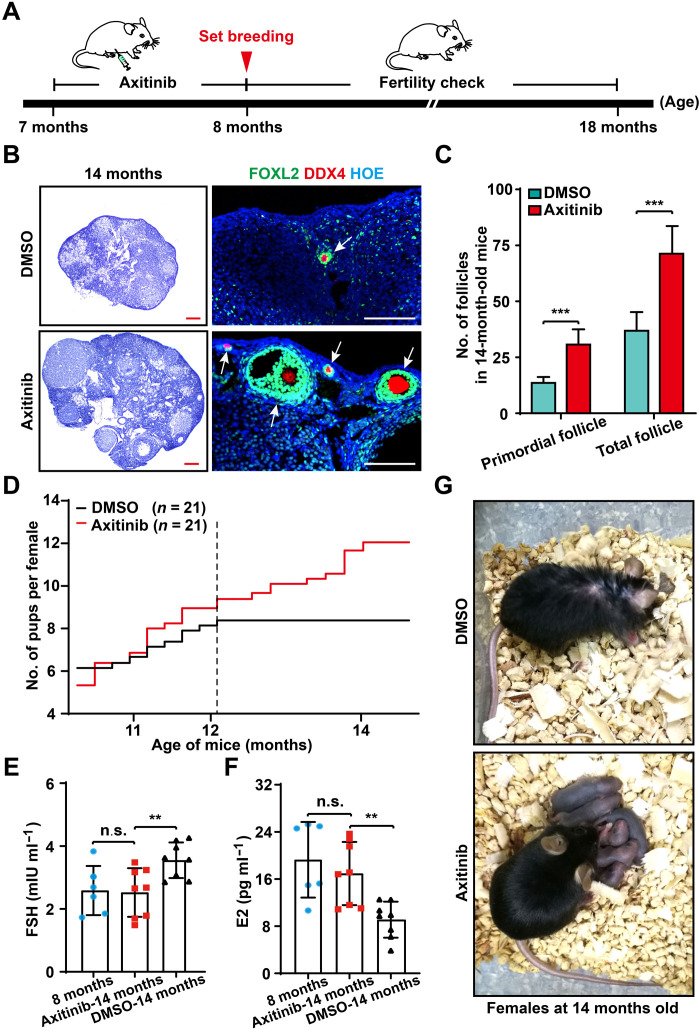Fig. 6. Appropriate inhibition of adult angiogenesis extended the reproductive life span of aged females.
(A) The strategy of Axi treatment in females of late reproductive life span. After 1 month of Axi or vehicle treatment, females at 8 months were mated to check their fertility and were used to detect other reproductive-related indices at different time points. (B) Histological analysis showing Axi-treated ovaries exhibited a clear younger status at 14 months with many follicles (arrows) compared with the control ovaries. (C) Follicle counting results showing that more follicles survived in the Axi-treated ovaries compared with the controls at the age of 14 months (n = 6). (D) Fertility test results showed a significant extension of the female reproductive life span after Axi treatment (n = 21). (E and F) The sex-related hormones, including follicle-stimulating hormone (FSH) and estrogen (E2), were found to be comparable in untreated females at 8 months and Axi-treated females at 14 months of age, whereas significantly increased levels of FSH and decreased levels of E2 were detected in the 14-month-old females of the DMSO group (n = 8 per group). (G) The general appearance of Axi-treated and the control females at 14 months, showing healthy pups with Axi-treated mothers (Photo credit: Xueqiang Xu, China Agricultural University). The data are presented as means ± SD. The data were analyzed by a two-tailed unpaired Student’s t test; ***P < 0.001, **P < 0.01, n.s. P ≥ 0.05. Scale bars, 100 μm (B).

